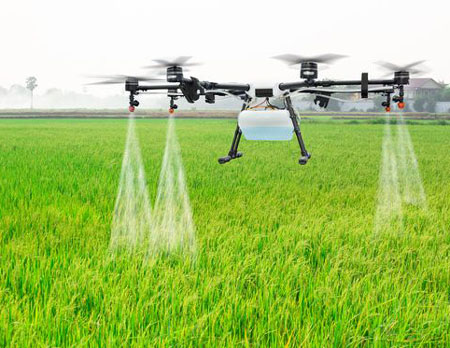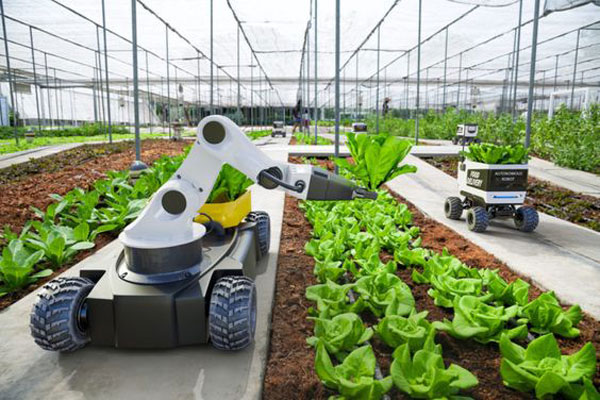Papaya
Ring Spot Virus
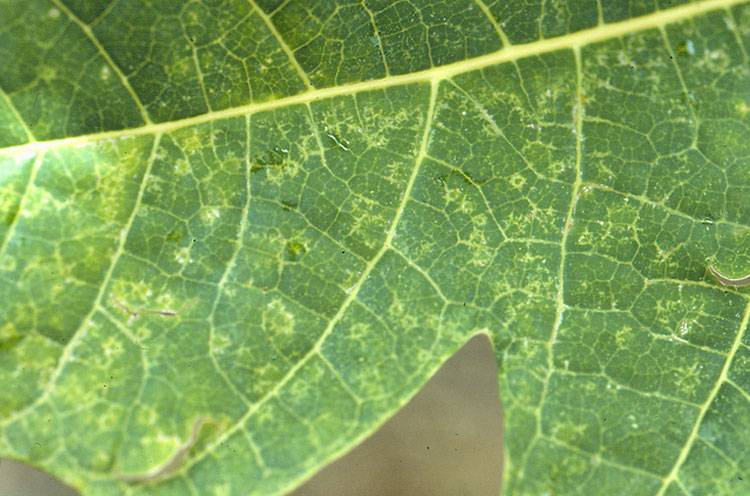
Vector: Aphids
Viral Disease
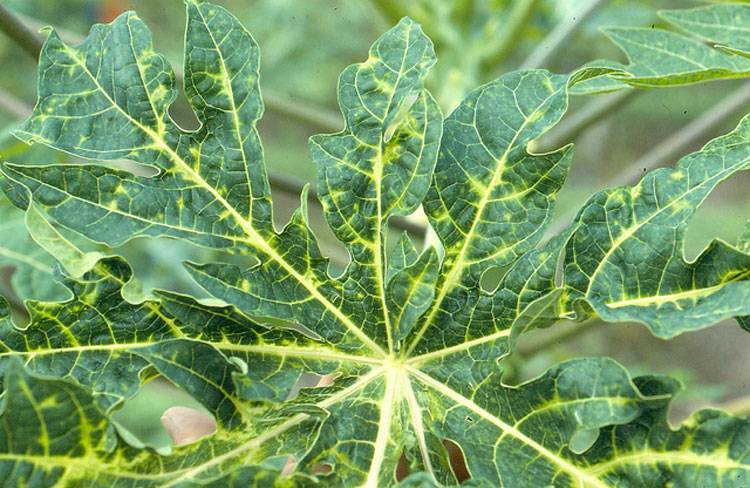
Vector: Aphids
Viral Disease
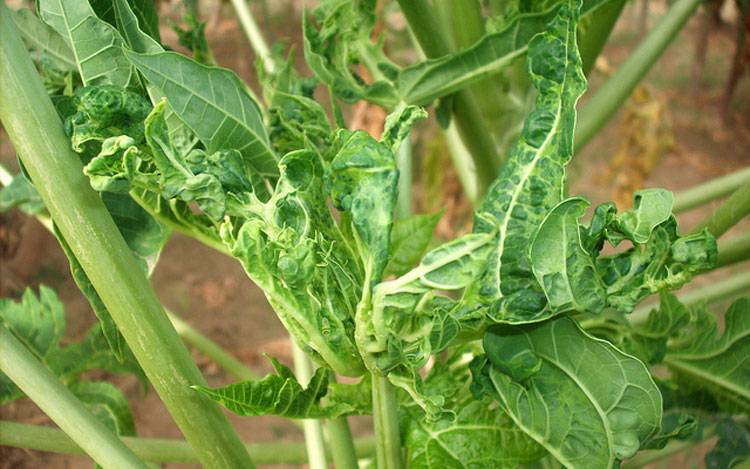
Vector: Aphids
Viral Disease
Papaya Ringspot Virus (PRSV): Symptoms, Cause, and Management
Papaya Ringspot Virus (PRSV) is a significant viral disease affecting papaya plants, marked by distinct symptoms and spread primarily through aphid vectors.
Symptoms
Infected papaya fruits develop dark green rings that may be slightly sunken and become less noticeable as the fruit ripens. Fruits can also show uneven bumps. On the foliage, leaves often display a bright yellow mosaic pattern, and new leaves tend to be smaller than usual. Overall, plant growth is stunted, leading to reduced productivity.
Cause
PRSV is caused by a virus that is transmitted by several species of aphids feeding on the papaya plants.
Management
To control the spread of PRSV:
-
Infected plants should be promptly removed and destroyed.
-
Use virus-free planting materials for new orchards.
-
Intercropping papaya with non-host crops like corn can reduce aphid feeding on papaya and lower disease incidence.
Environmental Factors Affecting PRSV
The activity of both the virus and its aphid vectors is influenced by temperature and humidity:
-
Temperature: PRSV remains active up to 50°C and is inactivated at temperatures above 55°C. Aphids are most active in warm conditions (24–35°C), with virus symptoms and accumulation peaking between 26–31°C.
-
Humidity: High humidity (60–90%) favors aphid populations and thus promotes virus spread. It can also encourage other diseases like powdery mildew, which weaken plants and increase their susceptibility to viruses.
-
Other Factors: Rainfall, wind, and solar radiation also affect aphid behavior. Cooler, humid, and windy conditions tend to suppress aphid activity and reduce PRSV spread, while warm and drier weather encourages it.
Environmental stresses such as drought and nutrient deficiencies can further weaken papaya plants, making them more vulnerable to infection.


